Rising Demand for Lightweight Materials
The Carbon Fiber Tape Market experiences a notable surge in demand for lightweight materials across various sectors. Industries such as aerospace, automotive, and sports equipment are increasingly adopting carbon fiber tape due to its superior strength-to-weight ratio. This trend is driven by the need for enhanced fuel efficiency and performance in vehicles and aircraft. For instance, the aerospace sector is projected to witness a growth rate of approximately 5% annually, as manufacturers seek to reduce weight and improve fuel economy. Consequently, the demand for carbon fiber tape is expected to rise, as it offers a viable solution for lightweight construction. This shift towards lightweight materials not only enhances performance but also aligns with sustainability goals, making carbon fiber tape an attractive option for manufacturers aiming to innovate and improve their product offerings.
Technological Innovations in Manufacturing
Technological advancements play a pivotal role in shaping the Carbon Fiber Tape Market. Innovations in manufacturing processes, such as automated production techniques and advanced resin systems, are enhancing the efficiency and quality of carbon fiber tape. These developments enable manufacturers to produce high-performance tapes that meet stringent industry standards. For example, the introduction of automated fiber placement technology has streamlined the production process, reducing waste and improving consistency. As a result, the market is witnessing an increase in the availability of specialized carbon fiber tapes tailored for specific applications, such as aerospace and automotive components. This focus on technological innovation not only boosts production capabilities but also fosters competition among manufacturers, driving further advancements in the Carbon Fiber Tape Market.
Expanding Applications in Various Industries
The Carbon Fiber Tape Market is witnessing an expansion in applications across diverse sectors, including construction, marine, and electronics. The versatility of carbon fiber tape allows it to be utilized in a wide range of products, from structural reinforcements in buildings to lightweight components in consumer electronics. For instance, the construction industry is increasingly adopting carbon fiber tape for retrofitting and strengthening existing structures, which is projected to grow at a rate of 4% annually. This trend is indicative of the material's adaptability and effectiveness in enhancing structural integrity. As industries continue to explore innovative uses for carbon fiber tape, the market is likely to experience sustained growth, driven by the material's unique properties and performance advantages.
Growing Environmental Awareness and Regulations
The Carbon Fiber Tape Market is influenced by a growing awareness of environmental issues and the implementation of stricter regulations. As industries face increasing pressure to adopt sustainable practices, the demand for eco-friendly materials is on the rise. Carbon fiber tape, known for its durability and lightweight properties, aligns well with these sustainability goals. Regulatory bodies are encouraging the use of materials that reduce carbon footprints, which is likely to drive the adoption of carbon fiber tape in various applications. For instance, the automotive industry is under pressure to meet emissions standards, prompting manufacturers to seek lightweight solutions that enhance fuel efficiency. This trend indicates a shift towards more sustainable practices, positioning the Carbon Fiber Tape Market favorably in a landscape increasingly focused on environmental responsibility.
Increased Investment in Research and Development
Investment in research and development is a critical driver for the Carbon Fiber Tape Market. Companies are allocating significant resources to explore new formulations and applications of carbon fiber tape, aiming to enhance its performance characteristics and broaden its market reach. This focus on R&D is essential for staying competitive in a rapidly evolving market. For example, recent studies indicate that investments in R&D within the carbon fiber sector have increased by approximately 10% over the past year, reflecting a commitment to innovation. As manufacturers develop advanced carbon fiber tapes with improved properties, such as enhanced thermal resistance and durability, the market is expected to expand. This emphasis on R&D not only fosters innovation but also positions the Carbon Fiber Tape Market for long-term growth and sustainability.


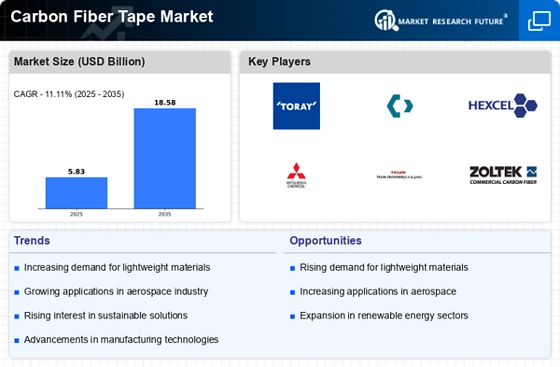
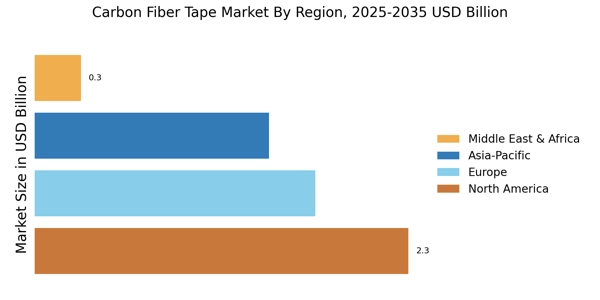
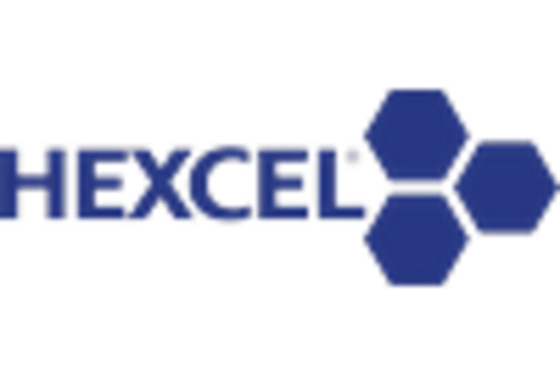

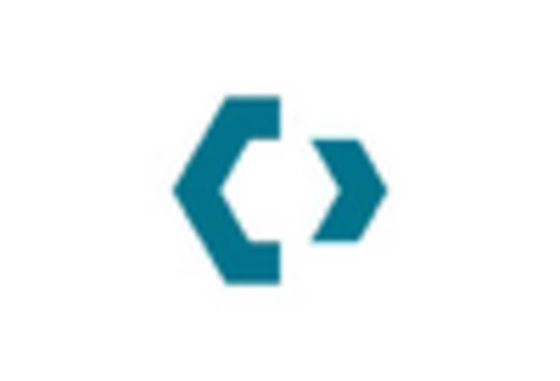

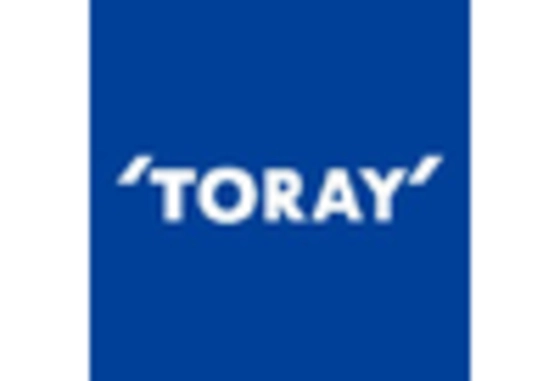
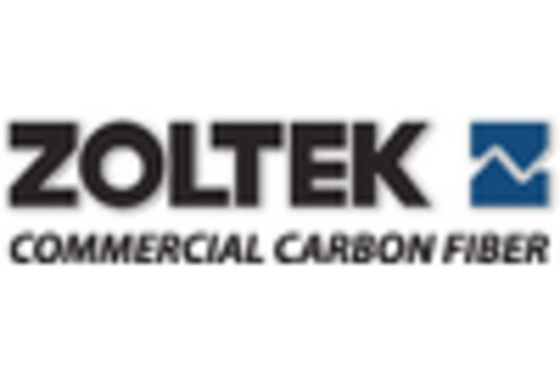








Leave a Comment